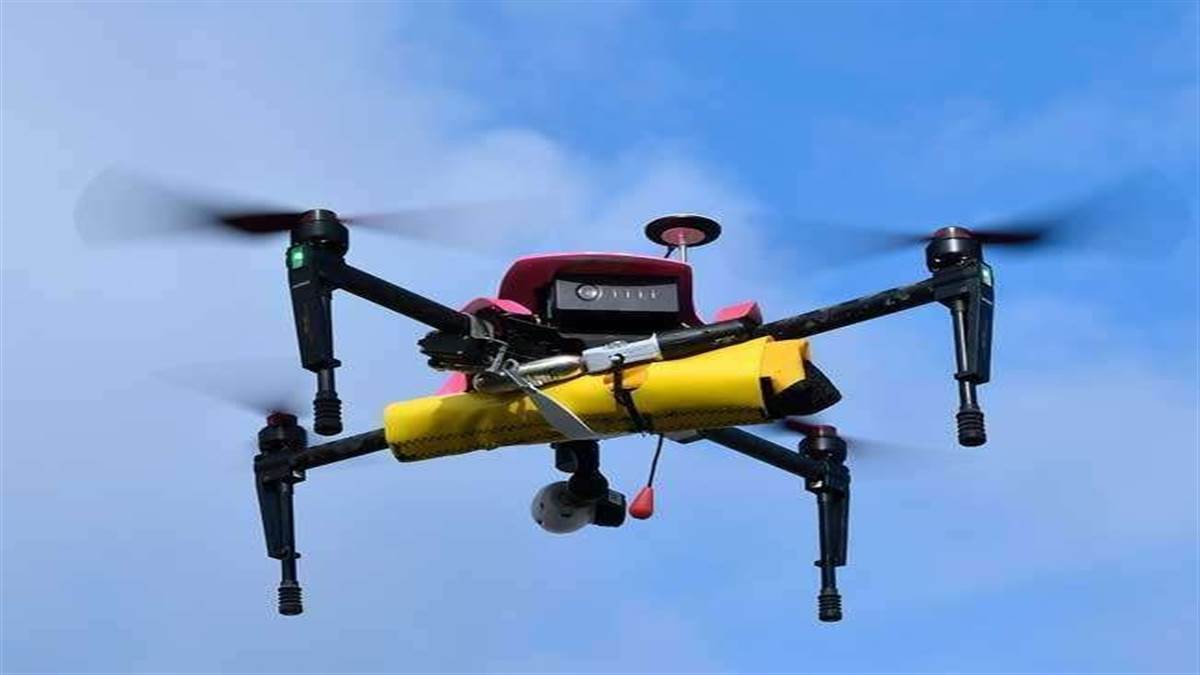Collecting weather forecast data that can be read out in a few minutes is not a matter of minutes. The Meteorological Department continues to collect data from different mediums and equipment. One such medium is the weather balloon. Weather balloons are sent from different places across the country to collect air pressure, temperature and other information. Now preparations are on to use drones to make this process more convenient and accurate. If the effort is successful, not only will more accurate weather information be available, but the entire process will be cost-effective and easy.
More than a hundred balloons are flown daily
A weather balloon is actually a balloon filled with hydrogen gas. The Meteorological Department releases weather balloons twice a day from about 55 locations by installing some sensors in a device called Radiosonde. These balloons are capable of going up to 12 km. While flying, the sensors in these send radio signals to the earth.
- In this process the height of the balloon cannot be controlled on its own.
Once blown up, the balloon cannot be brought back. Sensors and equipment also get destroyed with it.
That is why this process is difficult as well as very expensive.
Steps Like This
The Meteorological Department will compare the data by sending the drone up to a height of five kilometers.
If the result is positive, then gradually the sensors will be sent in place of the weather balloon from the drone itself.
The process of collecting the data of balloons is completed in two hours, while it is estimated to be done in 40 minutes with the drone.
The department has invited industry and academic institutions to come forward for this initiative.
Significantly, drones have a significant advantage over weather balloons as they can be controlled and directed to fly at low as well as high altitudes. IMD plans to use drones to collect data up to an altitude of five kilometers and compare it with the data collected using weather balloons.






